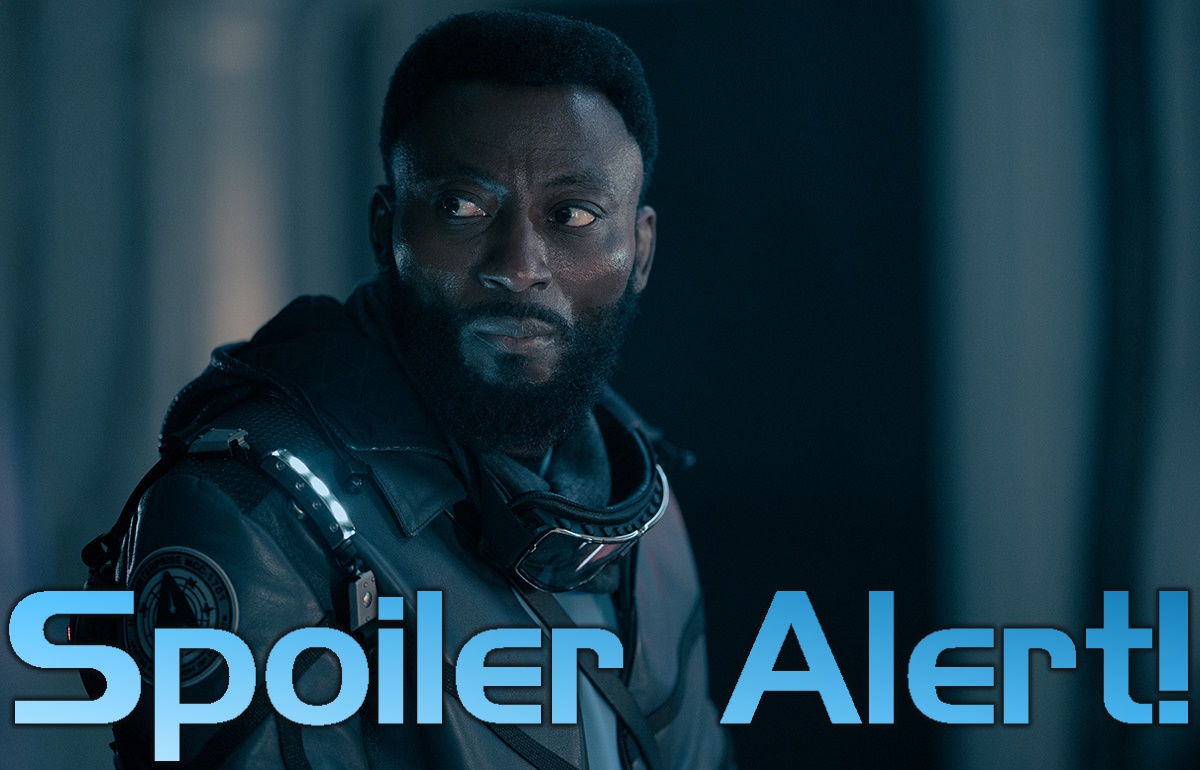
Spoiler Warning: There are spoilers ahead for the Fallout TV series and minor spoilers for several of the Fallout video games.
I’ve just finished my binge-watch of the Fallout television adaptation, so it’s time for a review! Having played a couple of the games, I’m no stranger to the world of Fallout – but I’m not exactly a super-fan of the franchise, either. I came to the TV show with enough background about the setting not to be a complete newbie, but with no real expectations about where things would go narratively. I generally enjoyed my time with the two Fallout games I played, but there have always been some elements of the games, both in terms of story and gameplay, that didn’t work as well for me. So I guess what I’m trying to say is that I didn’t have sky-high expectations for Fallout, but I was cautiously optimistic.
Any series backed up by Amazon should be afforded a decent budget, and that was another reason to approach Fallout with some degree of anticipation. The show’s writing team had also been working with Bethesda Game Studios – developers of the more recent Fallout titles – and again that seemed like something positive as this unique setting was adapted for a brand-new medium.

I came away from Fallout feeling moderately impressed – but by no means blown away. There were some interesting mysteries and truly surprising twists in the story… and some story beats that were either too rapid or that didn’t seem to make a lot of sense. There were some great characters… and one so cringeworthy that I literally fast-forwarded through several of their scenes. There were some great visual effects… and some that weren’t quite as high-quality as I’d have expected from a flagship streaming series of this type.
For every genuine success Fallout found with the pacing of one of its storylines, the development of one of its characters, or the way in which its world was constructed and brought to screen, there was another of these elements that didn’t hit the mark. The overall result was a series that I enjoyed parts of… then ended up rolling my eyes when something didn’t work as well as it should’ve. There were several places where I felt an extra scene or two wouldn’t have gone amiss – so maybe going for nine or ten episodes instead of a curtailed eight-episode season might’ve been better. I also think it was a mistake to dump the entire season at once instead of releasing episodes week-by-week as Amazon Prime Video usually does.
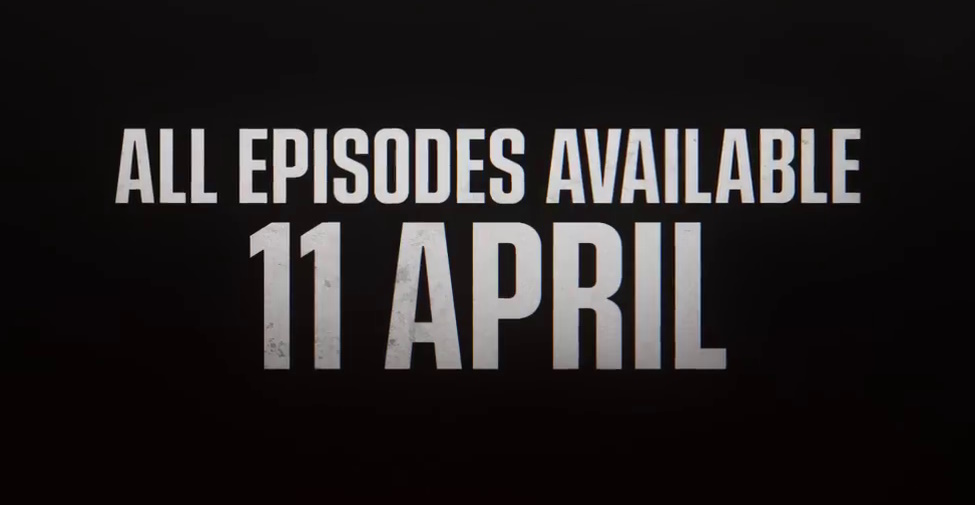
Fallout, for me, was a show that needed room to breathe. I needed to let the events of each episode settle before racing ahead to the next – and with social media awash with spoilers within literally hours of the show’s arrival on Amazon Prime Video, I felt a strange kind of pressure to binge more episodes than I wanted to. The decision to drop the entire season in one hit is an odd one, because it’s not something that Amazon usually does with its original programming. I’d love to know why Amazon and Bethesda chose to do it this way – as not only does it harm the individual episodes by smooshing them all together, but it also means that Fallout’s moment of relevance is a heck of a lot shorter than it could’ve been. If Fallout released its episodes weekly, the show would’ve been part of our collective cultural conversation for a couple of months. As it is, Fallout was already beginning to disappear just days after its premiere.
One day we’ll have to talk in more depth about binge-watch culture and the pros and cons of releasing brand-new television shows this way. But for now, I think I’ve made my point about how Fallout was harmed by this strange and unexpected decision.
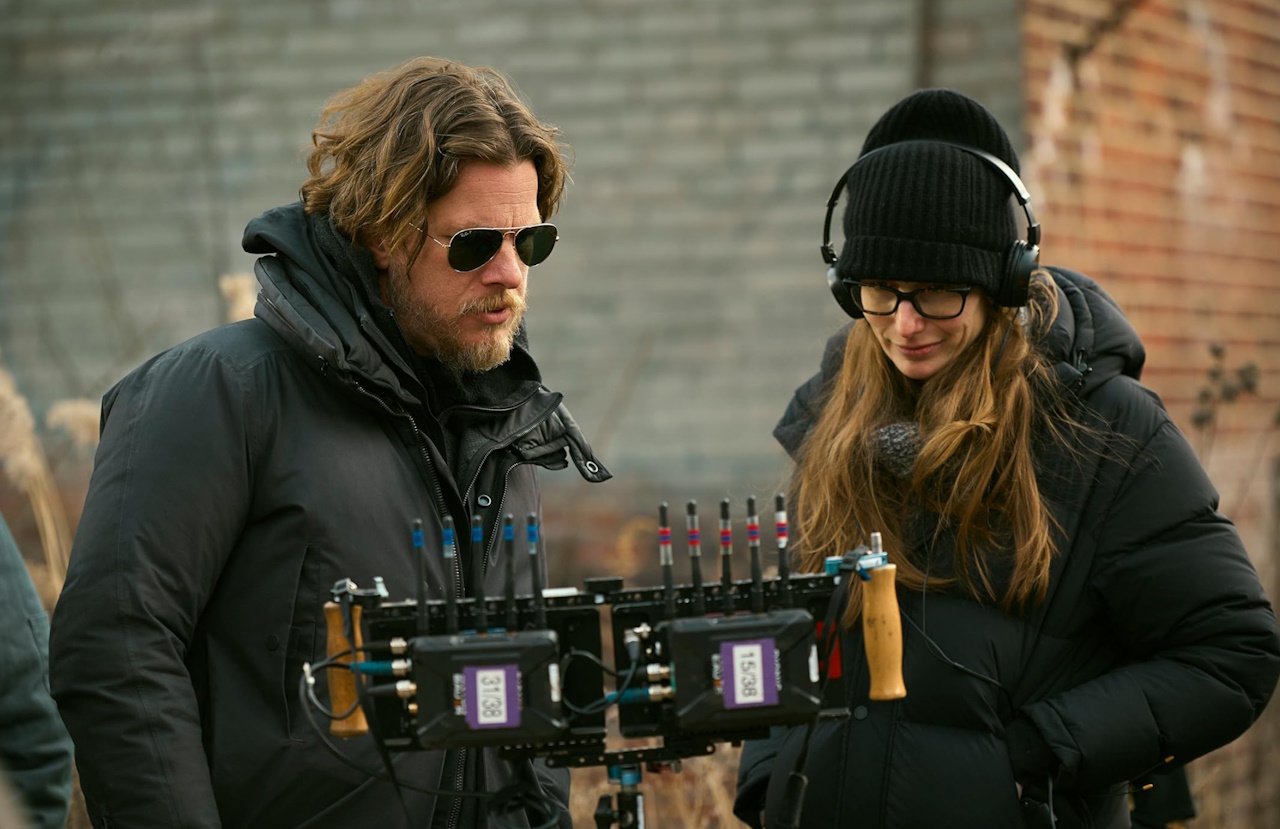
Image Credit: IMDB/Amazon Prime
When adapting a video game for a new medium, one of the big challenges that writers and designers face is how to include some of the game’s interactive elements. In the case of Fallout, we have things like the Pip-Boy device, which is worn on the wrist and serves as an in-game menu for inventory management, navigating the game world, and so on. Fallout went out of its way to include the Pip-Boy in a way that made sense, and I think fans of the games will have appreciated things like seeing Lucy place a map marker, or her Pip-Boy warning her of radioactivity.
But in a series that often had no time to waste, as its main storylines needed attention, in retrospect I’d say there were probably a few too many of these moments. A nod and wink to fans is great – but when more important story beats were cut short, or when characters seemed to switch from one state of mind to another too quickly, I’d either be looking for ways to extend the series… or for less-important things to cut out. Once the Pip-Boy had been established and its basic abilities made known, there really wasn’t a lot of need to keep going back to it.

One thing that has been alluded to many times in the Fallout video games, but never directly shown, was the state of the world prior to the nuclear war. The television adaptation picked up on some of these story threads, and it was genuinely interesting to see more of the pre-war world than we’ve ever seen before. Aside from the opening moments of Fallout 4, which was little more than a character creation menu and basic tutorial, this was the most time we’ve ever been able to spend in Fallout’s ’50s-inspired world. And it was genuinely interesting.
Seeing this world through the eyes of Cooper Howard – later known as “the Ghoul” – went a long way to humanising Fallout’s villain-come-antihero, which was important for his characterisation particularly as we got toward the end of this season’s story. But more than that, it was fascinating to see little glimpses of the world that was destroyed and forever changed by the bombs. Obviously we only got to see one side of that – the upper-class, well-off side. But even that was more than we’d ever really seen before, and it went some way to informing Fallout’s attempted critique of capitalism and mega-corporations.
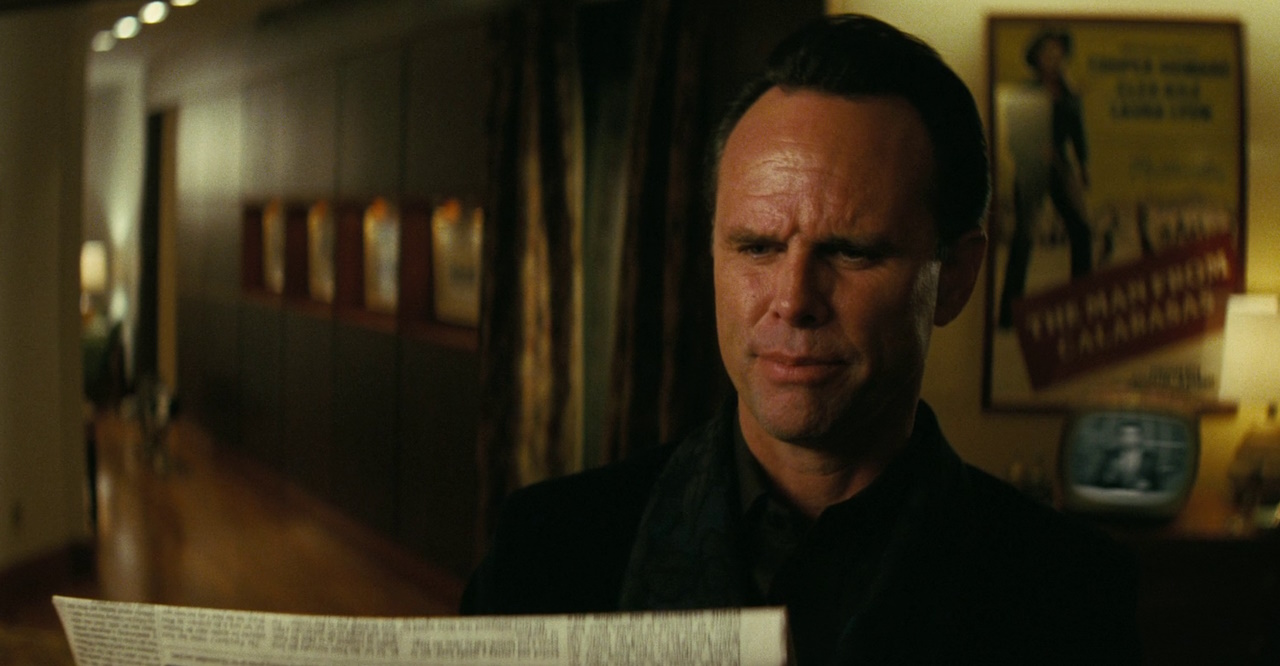
For my money, the way Vault-Tec and the other companies behaved in Fallout was pretty shallow and stupid, and it was the weakest aspect of this pre-war storyline. Vault-Tec went from “company with a unique and potentially life-saving product” to “evil masterminds of the end of the world” in a heartbeat… and I’m still not really sold on the reasoning. This issue isn’t really the fault of the television adaptation, though; Vault-Tec’s presentation is similar in the video games that I’m aware of.
But it does somewhat undermine this anti-corporatist message when, in order to make the corporations into villains, they have to behave so irrationally. Think about it: Vault-Tec is worried because a peace conference could de-escalate the nuclear standoff that America is in, and because the development of fusion power could prevent future conflicts over resources. The company has a fiduciary duty to its shareholders, needing to maximise their investments and earning potential. And its solution is to… turn over control of some of its vaults to other mega-corporations, letting them run wildly unethical experiments on the people inside, and to literally cause the nuclear war that will destroy, among other things, the entire global economy and kill a significant number of the shareholders and investors that it wants to satisfy. Hmm.
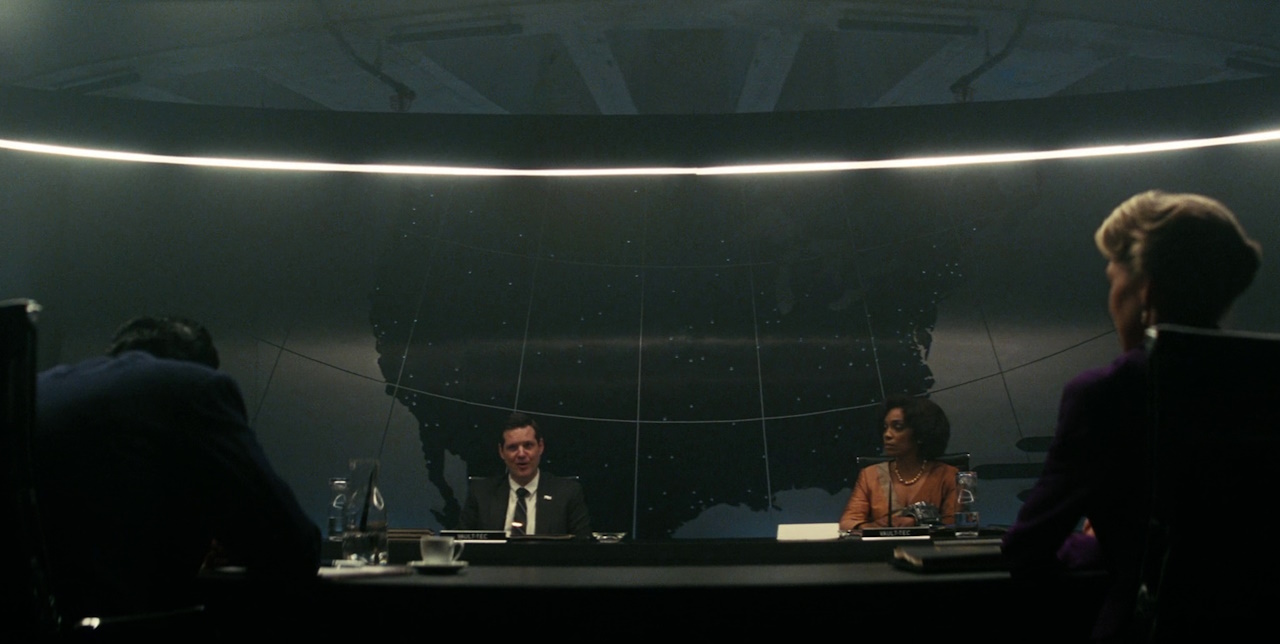
Look, I get it. This isn’t something we should look too hard at and nitpick, and as a foundational part of the setting that we didn’t really spend too much time looking at, it works well enough. But Fallout also built its climactic plot twists atop this foundation – that Vault-Tec sought to control the post-nuclear wasteland and rebuild society on its specifications and parameters. And this is the part that I felt didn’t stick the landing quite as well.
In the games, Vault-Tec’s experiments and underhandedness were played off as part of that pre-war setting, and the challenges facing the characters we met involved surviving the aftermath and rebuilding. There have always been parts of Fallout’s world that I felt didn’t make a ton of sense in that context; people living in shacks, for instance, or unburied bodies just lying in the dirt right next to where people had supposedly been living for decades! But at least the main storylines of the games I played involved characters and factions trying to make the best of the post-war wasteland in which they found themselves. Bringing Vault-Tec back as a major antagonist in the show’s present day… I’m not sure. I’m not convinced yet that it’s working as well as it should.

As a final point on Vault-Tec: I’d be remiss if I didn’t mention how a critique of mega-corporations and how unethical they are is beyond ironic coming from the likes of Amazon! One of the biggest multinationals on the planet putting out this kind of over-the-top depiction of the worst kind of shady corporatism is truly hilarious, and the irony of that wasn’t lost on me.
In typical streaming TV style, Fallout’s character groupings were modelled on the likes of Game of Thrones: different sets of characters start out in different places, but come together as the story progresses. This format can work well… but it’s also something we’ve seen before time and again over the past decade or so, and doesn’t feel as original or ground-breaking as it once did. Still, the way in which it was implemented generally worked well in Fallout, and the action being split between Vault 33, Lucy’s adventures, Maximus’ Brotherhood of Steel platoon, and Cooper/the Ghoul’s travels and pre-war history was well-balanced.
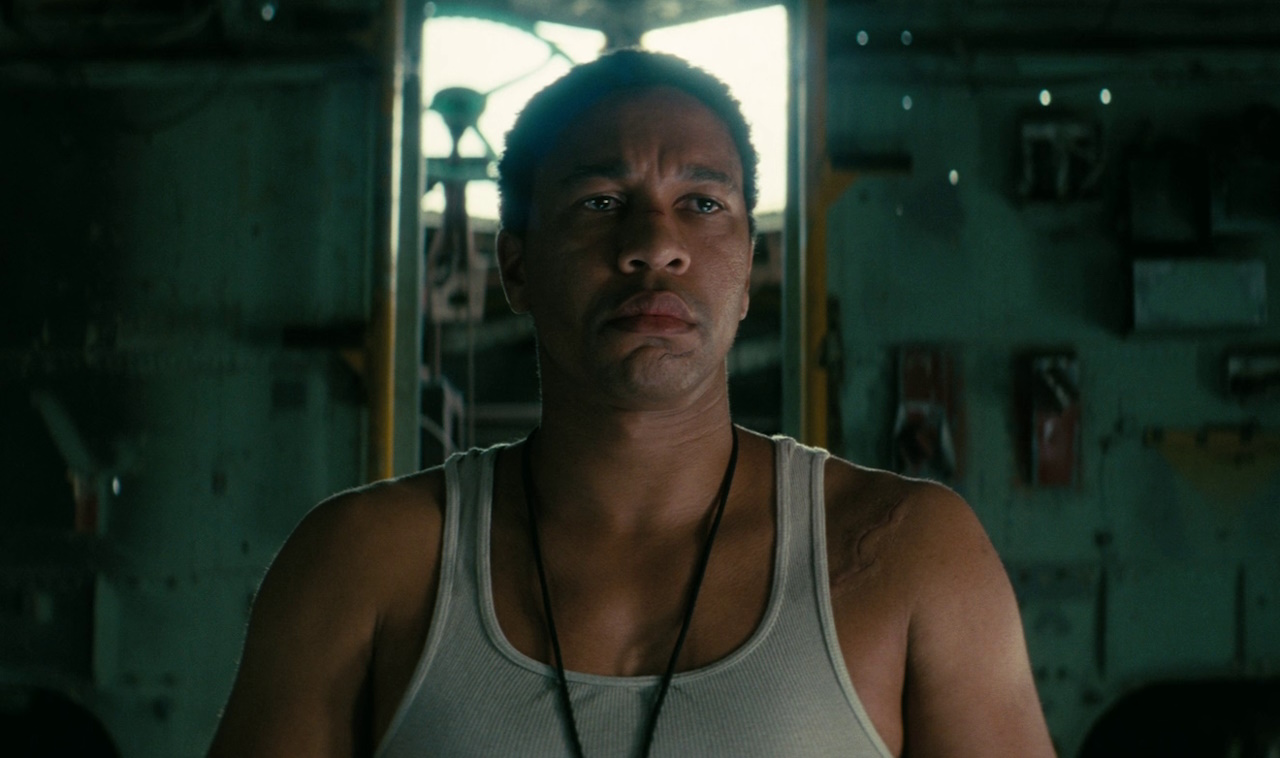
The only character and setting I’d have liked to have seen more of was Dr Wilzig, the scientist who defected from the Enclave. At first, it seemed to be implied that he was defecting to save his secret pet dog, but it was later revealed that he was smuggling a cold fusion device to the remnant of the New California Republic at Shady Sands. Why he was doing any of that, and what his faction, the Enclave, was doing in the first place were all questions that were left unanswered as Fallout ended its first season – and I’m totally okay with leaving story threads behind to be picked up next time. But for such an important character, I’d have liked to have spent a bit more time with Dr Wilzig before his untimely demise.
The attack on Vault 33, which kicked off the events of the series, was also a bit ambiguous. It seems as if the residents of Vault 32 rebelled against their overseer after learning the truth of who governed them. But how, exactly, that led to all of their deaths… that wasn’t explained. Nor was it explained why, if Moldaver and her followers knew the location of Vaults 31, 32, and 33, it took them years to attack. And if they had a Pip-Boy that could access the vaults, why did they not simply stage a direct attack on Vault 33? Or why not break into Vault 31 – something that didn’t seem to be especially difficult? If they needed a Vault-Tec employee, they had a better chance of getting someone cooperative out of Vault 31 than Vault 33! It was also unclear at first to what extent the residents of Vault 33 knew about the world above; Lucy seemed to have some familiarity with “raiders” in the first episode just prior to the attack.
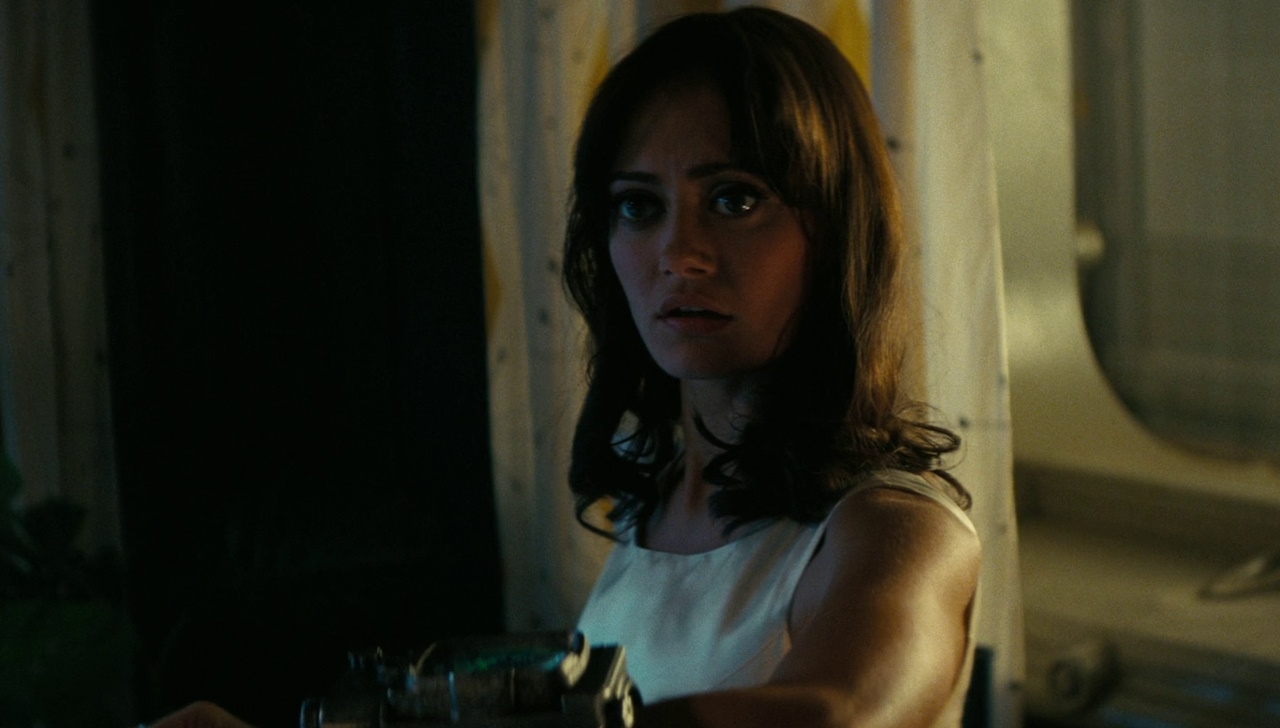
There was also a pretty big disconnect between the behaviour of the “raiders” who attacked Vault 33 and what we saw of the residents of the Observatory. The attack on Vault 33 was supposedly orchestrated by the survivors of the attack on the New California Republic/Shady Sands, but the raiders behaved like out-of-control animals whereas the rest of the people at the Observatory seemed much more civilised. This feels like a “because plot” type of explanation, and that’s never very satisfying.
I keep having to remind myself that this is only the beginning. Fallout has been renewed for a second season, which means it’s quite plausible that some of the unexplained or poorly-explained moments will be fleshed out more in future episodes. I certainly hope that will be the case!
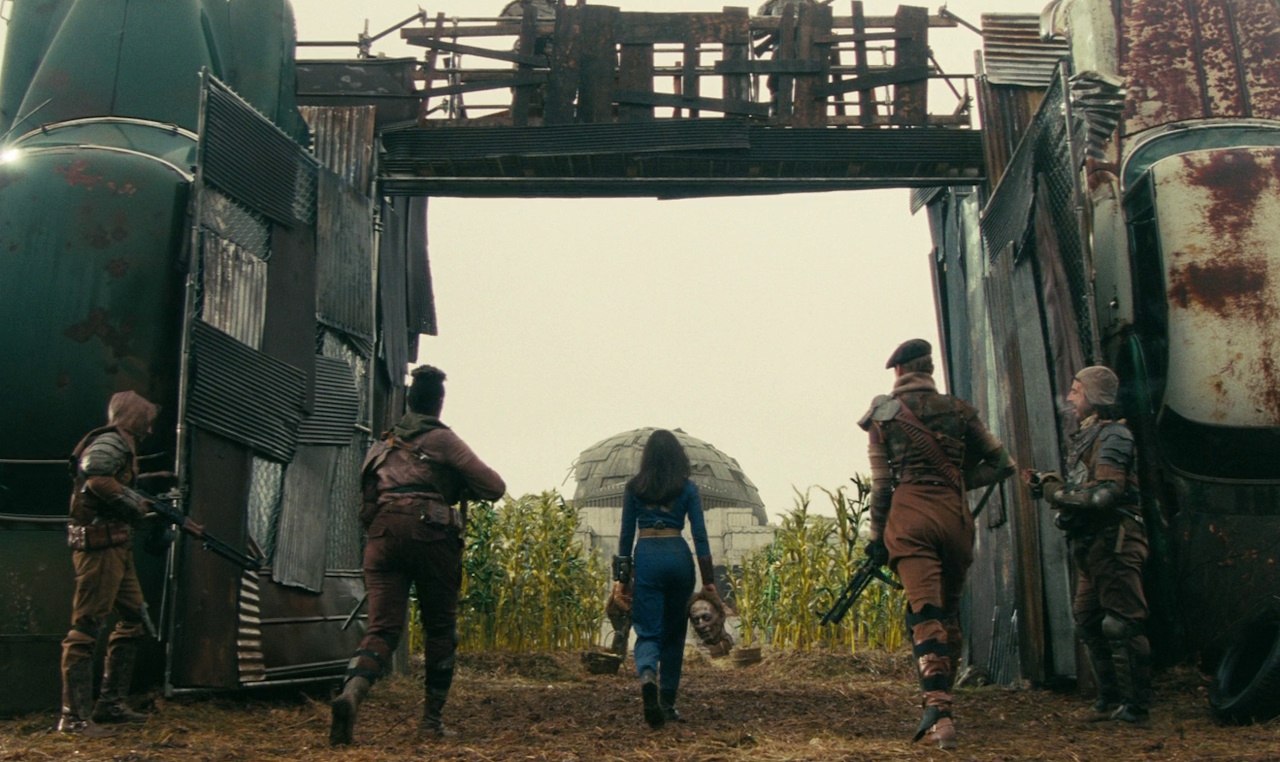
Lucy made for a pretty good point-of-view character, introducing us to both the philosophy of life in a vault as well as to the challenges of surviving in the wasteland. The contrast between her idyllic vault life and the chaos and pain of the irradiated world above was stark, but in both cases, seeing things through her eyes elevated them. Ella Purnell, who had previously voiced the character of Gwyn in Star Trek: Prodigy, brought a lot to the role, and her performance is to be commended.
While we’re talking about great acting performances, Moisés Arias, who played Lucy’s brother Norm, was fantastic. A truly stellar performance as the younger, more easily-frightened brother really elevated the story taking place in the vault, and I was really impressed with the way Arias brought the character to life. Norm seems to be someone that the residents of Vault 31 underestimated, and the way in which he slowly came to investigate the truth behind the vaults was riveting stuff.
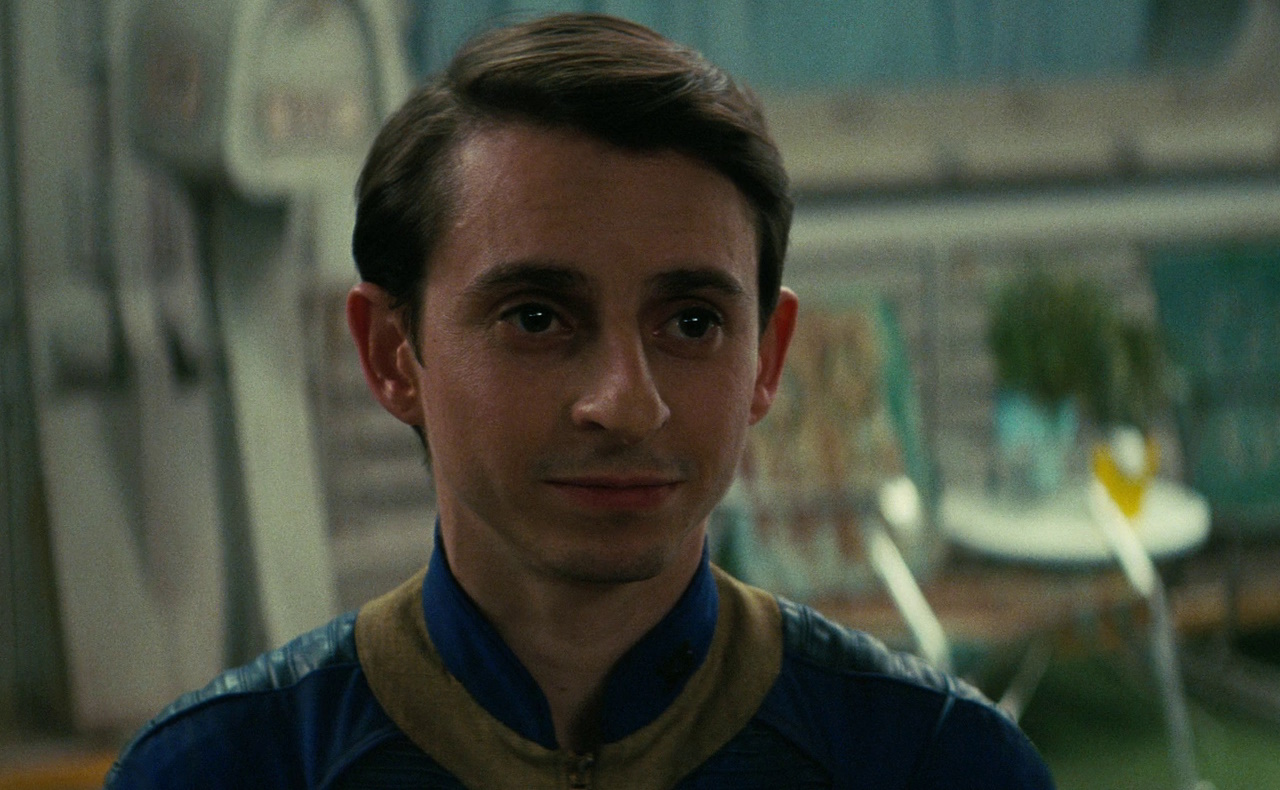
Maximus was, unfortunately, a character who was given several incredibly cringeworthy moments, especially in the first couple of episodes. As I indicated at the beginning, I actually fast-forwarded through several of Maximus’ scenes as a result; the kind of cringe humour usually seen on sitcoms like Friends has never been my cup of tea, and I was not interested in the slightest in sitting through it here. Aside from those scenes, though – which thankfully evaporated as the story progressed – I felt that Maximus was an interesting character and a good foil for Lucy.
Although Maximus seemed to be acting as Lucy’s guide to the wasteland, he was himself somewhat of a fish-out-of-water. Having spent presumably years living as a Brotherhood of Steel apprentice, Maximus could feel just as out-of-place in strange settlements and parts of the wasteland as Lucy – and of course, when he encountered the residents of Vault 4, we got that dialled up to eleven. There were some cute moments as Maximus came to enjoy the treats that vault life had to offer!
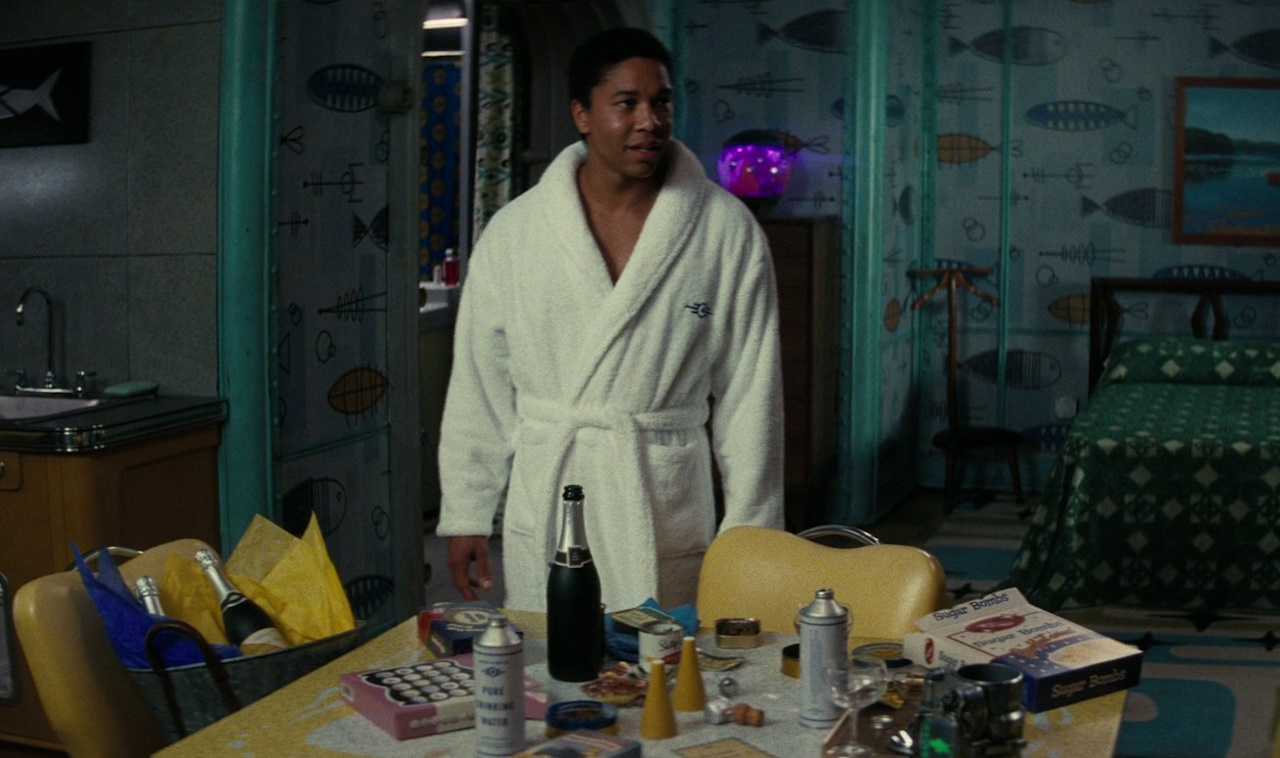
Speaking of Vault 4: this was another place where I felt Fallout needed to spend a bit more time. Lucy and Maximus went from falling into the vault – literally – to sneaking around and being expelled within a matter of minutes, and more so than any other part of the story, this felt like an unnecessary “side-quest.” For a series with video game origins, maybe a side-quest doesn’t seem like a bad thing. But when much of it – from the characters to the experiments to what their ultimate plans might’ve been for Lucy and Maximus – felt so half-baked… it needed more screen time, in my view.
The residents of Vault 4 felt pretty one-note; seemingly there for no other reason than to be physical examples of Vault-Tec’s evil machinations. And that’s okay – some stories need characters like that, and by showing the various deformities that some of the vault-dwellers were living with, Fallout was able to quickly convey just how far beyond the pale Vault-Tec had gone with some of its experiments. But that doesn’t help any of these characters feel like well-rounded people, and the whole Vault 4 storyline seemed rushed. If the season had been longer, I think more attention could’ve been paid to at least one or two of these characters, negating that feeling.
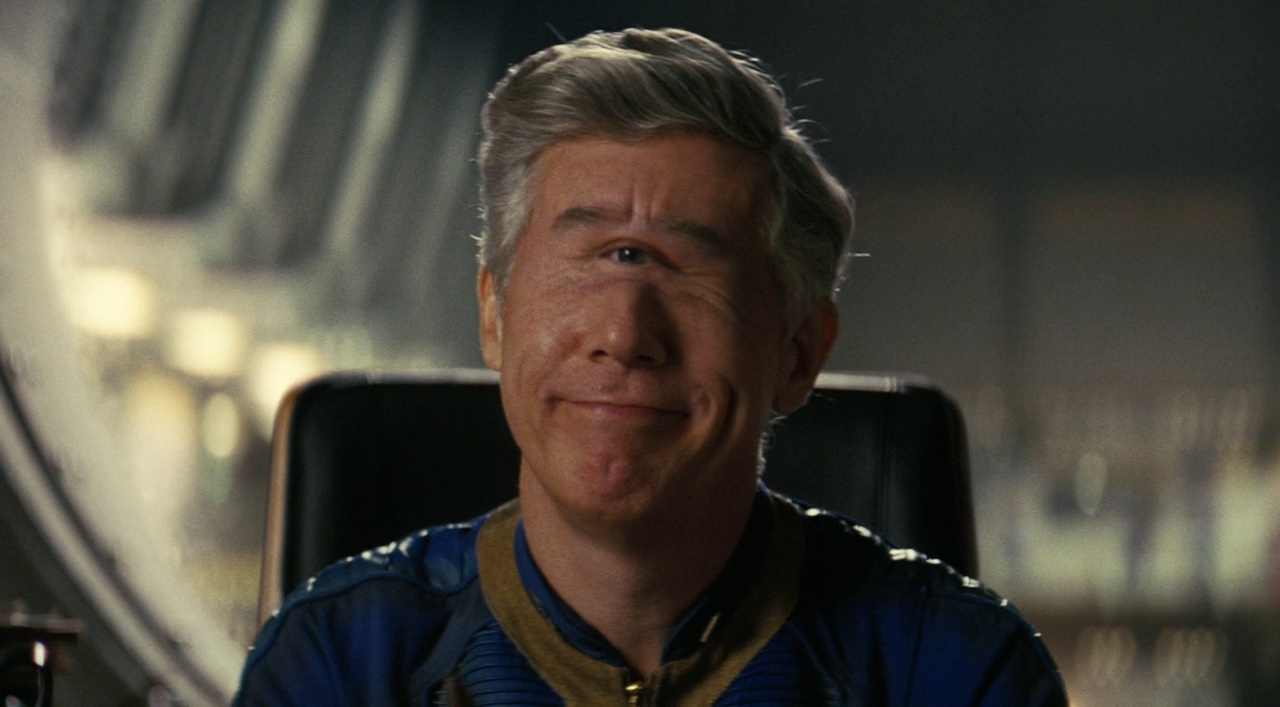
But this was a bit of a trend with Fallout, to be honest. Several characters seemed to have incredibly rushed moments that took them from one place to another in a heartbeat. Lucy, for instance, went from “naïve and afraid vault-dweller” to “badass wasteland wanderer” in twenty seconds midway through the season – after being traded by the Ghoul and almost butchered. There’s something to be said for someone discovering their “fight or flight” instinct at a moment like that – but the way it came across was rushed and underdeveloped.
We also saw this at the season’s climax with Hank, Lucy’s father. Though absent for much of the season, finding Hank had been Lucy’s objective in the wasteland – but there was a twist to come. The twist – that Hank was a pre-war Vault-Tec employee who’d been in hibernation for 200 years – was clever enough, but almost immediately after the truth was spilled, Hank went from being the loving, caring father to stealing a suit of power armour and abandoning Lucy altogether.
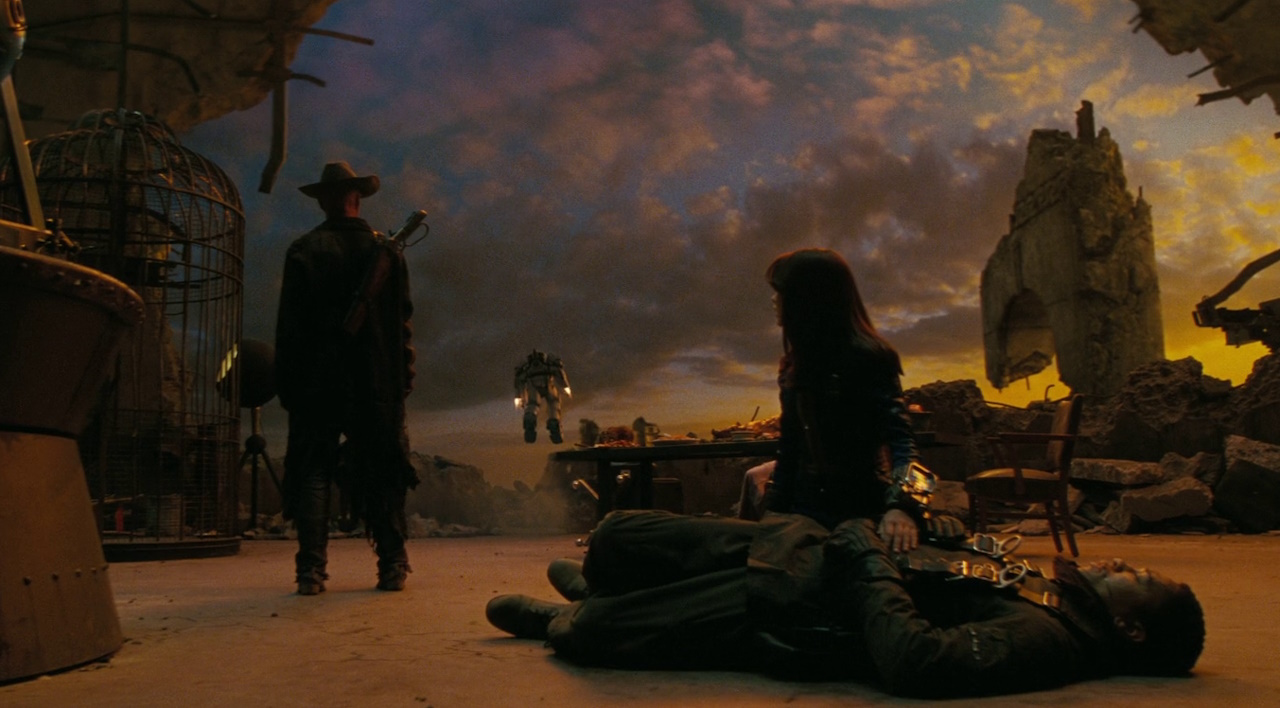
Again, this is the kind of character shift that could work. The story wanted to say something like this: Hank was always a duplicitous, uncaring narcissist who didn’t really give a damn about his family or anyone outside of Vault-Tec. But the abruptness of the moment absolutely ruined it, and Hank’s transformation from good all-round leader to damsel in distress to hardline evil villain just ended up falling flat for me. I’m hopeful, however, that future episodes and a second look at Hank in Season 2 could salvage the character and this storyline.
Fallout didn’t have time to explain everything as it went along, and as a result there’s still a lot we don’t know. Again, I’m not demanding immediate answers to mysteries that the series plans to explore in future instalments, but there are a couple of storylines that seem to have run their course that I was surprised not to learn more about – such as Moldaver, for instance. How exactly she survived not only the two centuries since the bombs fell, but also the destruction of Shady Sands was not explained. With her apparent death it seems like we won’t get to learn much more about her or how she was able to live so long (though I wouldn’t be altogether shocked to learn, in Season 2, that she isn’t as dead as she appears to be!)
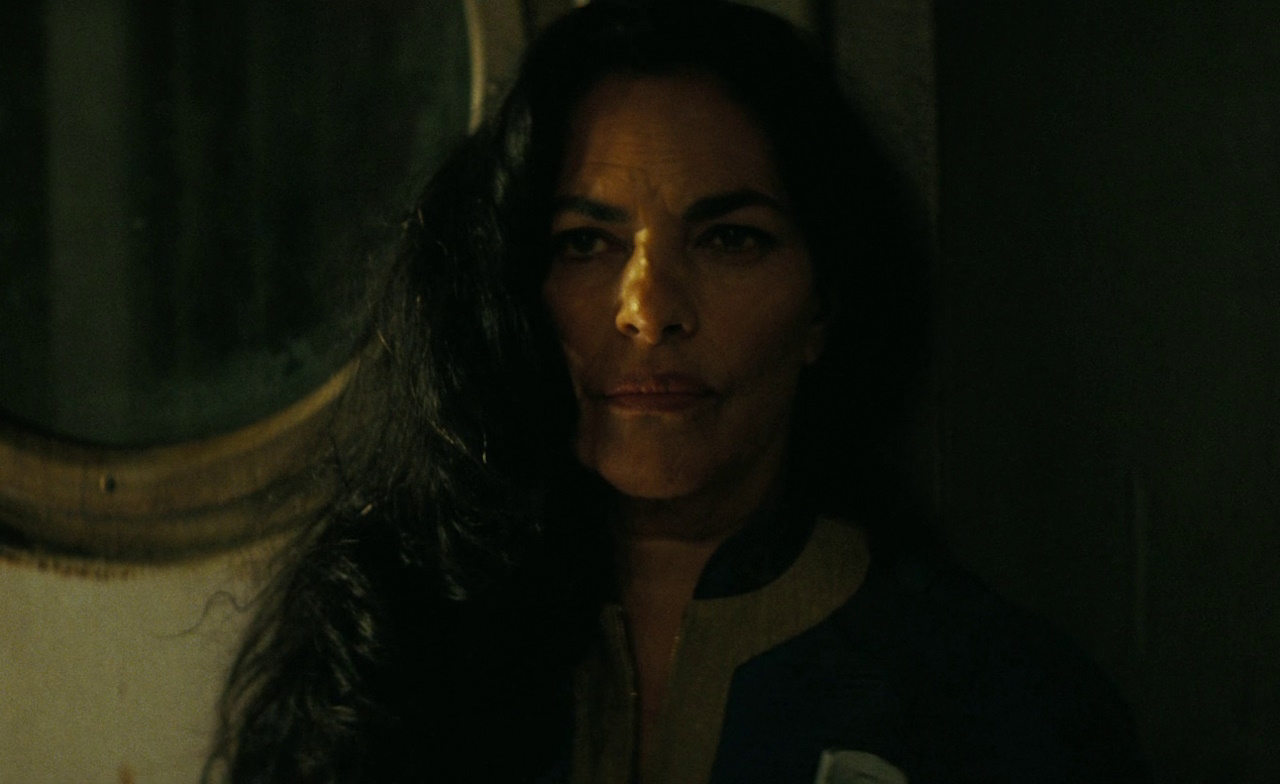
There was potential in some of the secondary Brotherhood of Steel characters, but we didn’t spend enough time with them to really allow any of them to shine. Dane, played by Xelia Mendes-Jones, had a genuinely interesting idea at his core: the soldier who doesn’t want to be a soldier, and tries to get out of it. But this revelation came very late in the story, after Dane had been basically absent since his first appearance, and not much was made of it. Maximus wasn’t in a position to really blame Dane for anything that happened – so this idea, while great in concept, didn’t really pan out.
Thaddeus, the bully who beat up Maximus, seemed to be getting some genuine character development at one point – but his run-in with a wasteland doctor and apparent transformation into a proto-ghoul was incredibly abrupt. There was no time to elaborate on what this could mean for Thaddeus, no time for him to confront Maximus for his betrayal, for his role in wounding him and thus putting him in that position… no time for anything as his part in the story was brushed aside so that the main characters could get to their endgames. In the cases of Dane and Thaddeus, though, there’s at least hope for more screen time in Season 2 that could flesh out these storylines a little.

There were a couple of places where main characters seemed to receive some pretty heavy plot armour, or where Fallout seemed unwilling to commit to endangering its protagonists. Lucy lost her finger, for instance, in a pretty brutal and agonising sequence – but this was almost immediately undone by medical magic in the very next scene. Both Maximus and the Ghoul likewise seemed to survive situations that seemed to be incredibly dangerous – and the risk with saving characters from bad situations too often is that they begin to feel invulnerable. One of the reasons why folks enjoyed shows like The Walking Dead or Game of Thrones was because of how everyone felt in danger pretty much all the time; being a main character was no guarantee of safety. Fallout, for me, skirted the line this time.
The nature of Fallout’s technology has always been a bit ambiguous; the Pip-Boy is clearly an advanced device, but people are still using black-and-white film cameras, for instance. It was a bit odd, then, when the listening device Cooper received seemed to pair with his wife’s Pip-Boy prototype like a modern Bluetooth headset. Something about the ease with which that was done didn’t quite sit right.
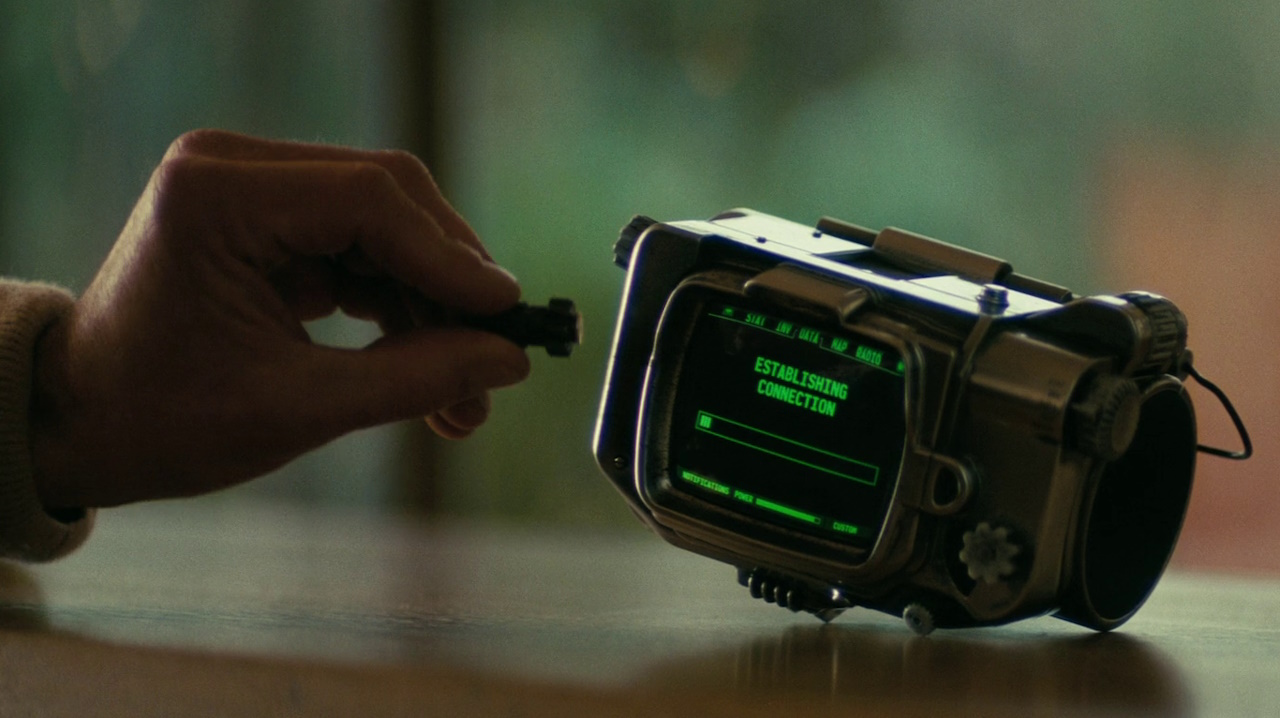
This next point is less of an internal inconsistency and more a change from what I recall from the Fallout games. Ghouls seem to escape “going feral” by way of some kind of medication – but I don’t remember seeing this in either of the mainline games that I played. New additions that expand our understanding of a setting are great, and taking the show as a standalone work I don’t think it’s a problem at all. In fact, it makes a certain kind of sense in-universe. But it seems to not line up with the source material – and I wonder why it was introduced. Aside from causing a little tension for Cooper/the Ghoul at the midpoint of the story, it wasn’t really explained or expanded upon, and didn’t serve much of a narrative function.
At the end of the day, Fallout kept my attention well enough. I can be pretty brutal about switching off a series if I’m not enjoying it or if it isn’t holding my interest, and despite some issues, Fallout told a story that I was content to follow to its conclusion. I’m pleased to hear that the series has already been renewed for a second season, and I hope that production can re-start quickly so that it can be broadcast within twelve months or so. Waiting too long in between short seasons – especially for a show that dropped all of its episodes at once – can cause issues!
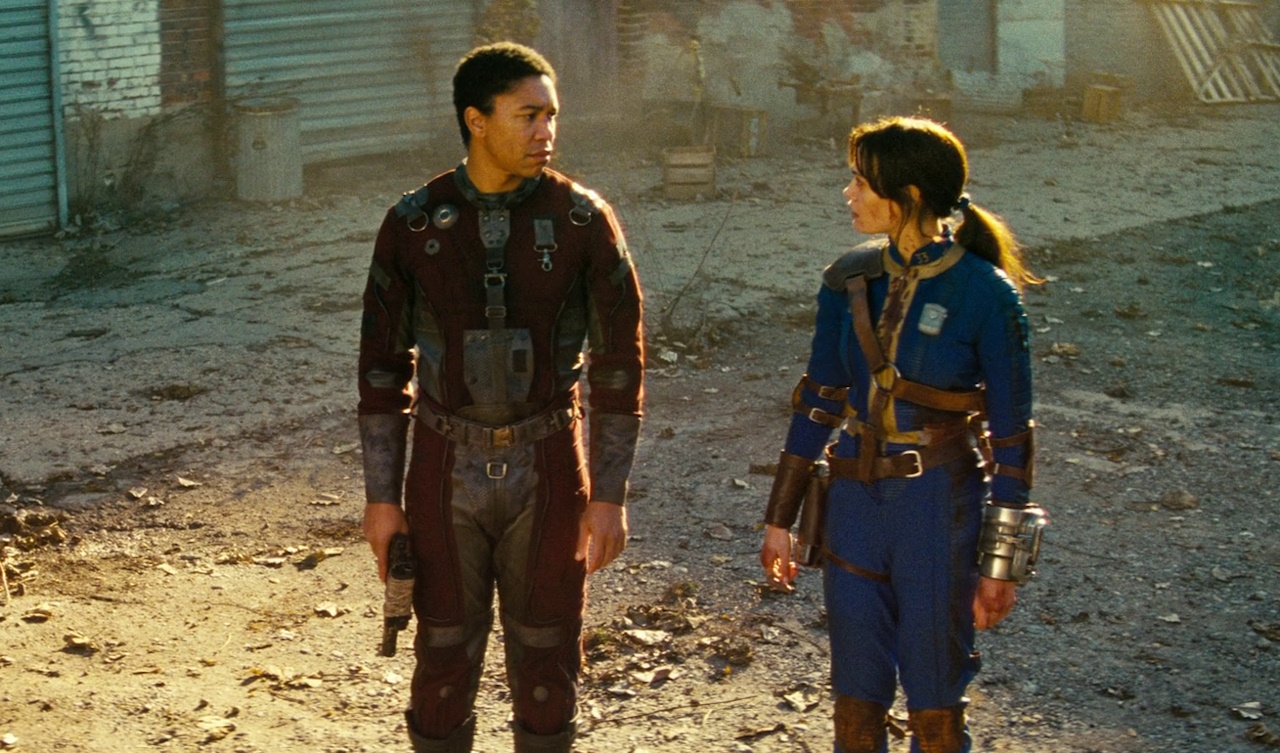
I doubt that I’ll be calling Fallout one of the best shows of the year, but it was interesting enough for what it was. There were some great acting performances, high production values, and a connected story that was generally fun enough and worth following. As some of Fallout’s mysteries were unravelled I was genuinely surprised, and the series was kept on track by several grounded and enjoyable characters.
There were a couple of places where visual effects or physical props fell short, but nothing especially egregious leapt out to ruin my sense of immersion in Fallout’s post-nuclear world. There were moments of intrigue, action, and excitement that propelled the story forward, and if my biggest complaint is “I would’ve liked to see a couple more episodes,” because some of the fun storylines and interesting characters needed a bit more time on screen… well, that’s not the worst thing in the world, is it?
I didn’t need to pick up a new subscription for Fallout as I’m already signed up to Amazon Prime. I’m not sure it would be worth signing up for on its own merit – unless you’re a super-fan of the Fallout series or post-apocalyptic stories in general – but considering I got it as part of a subscription that I already have, I guess I can’t complain too much! Fallout was imperfect, but it was a solid start for what could be a multi-season story that should only grow and improve from here.
Fallout is available to stream now on Amazon Prime Video. Fallout is the copyright of Amazon MGM Studios and Bethesda Game Studios. This review contains the thoughts and opinions of one person only and is not intended to cause any offence.

